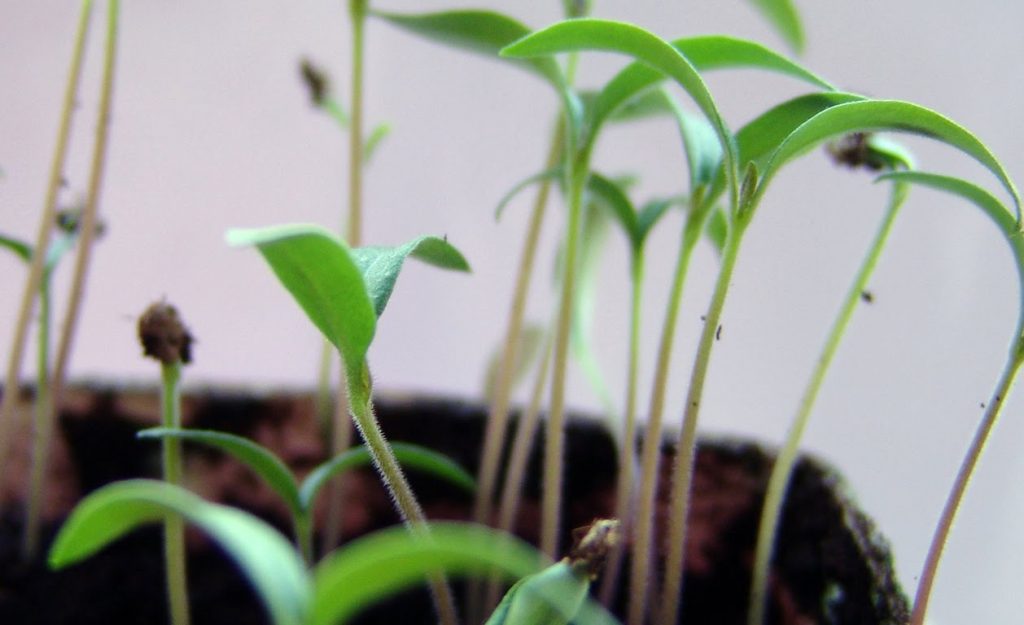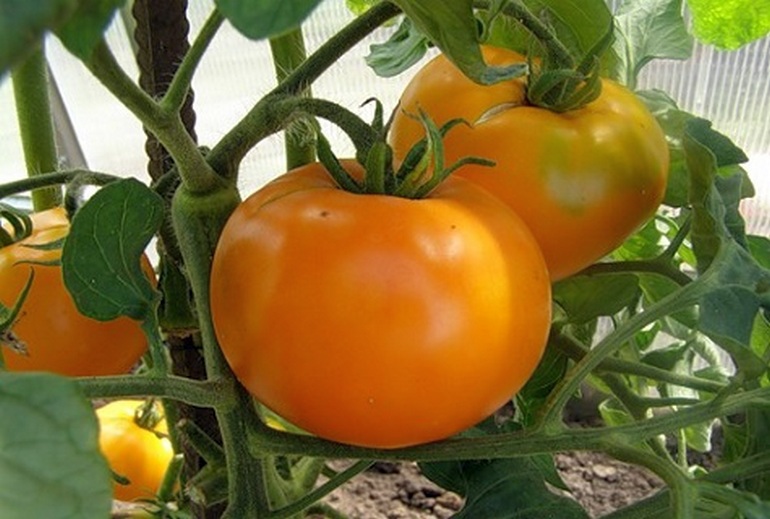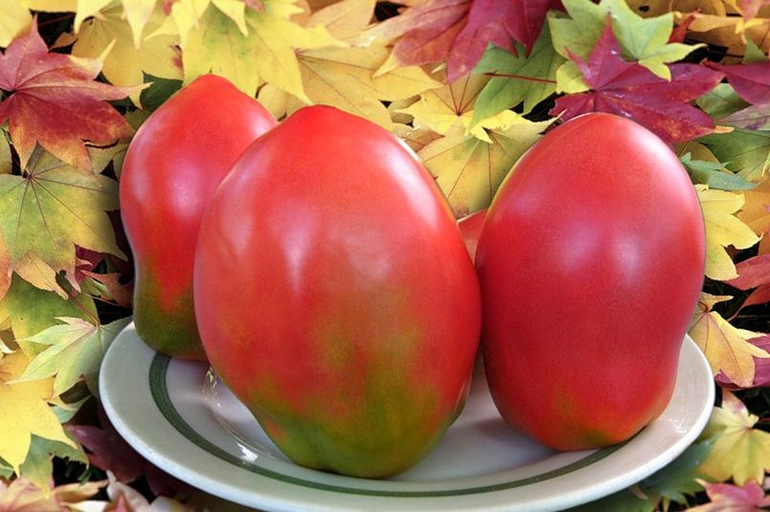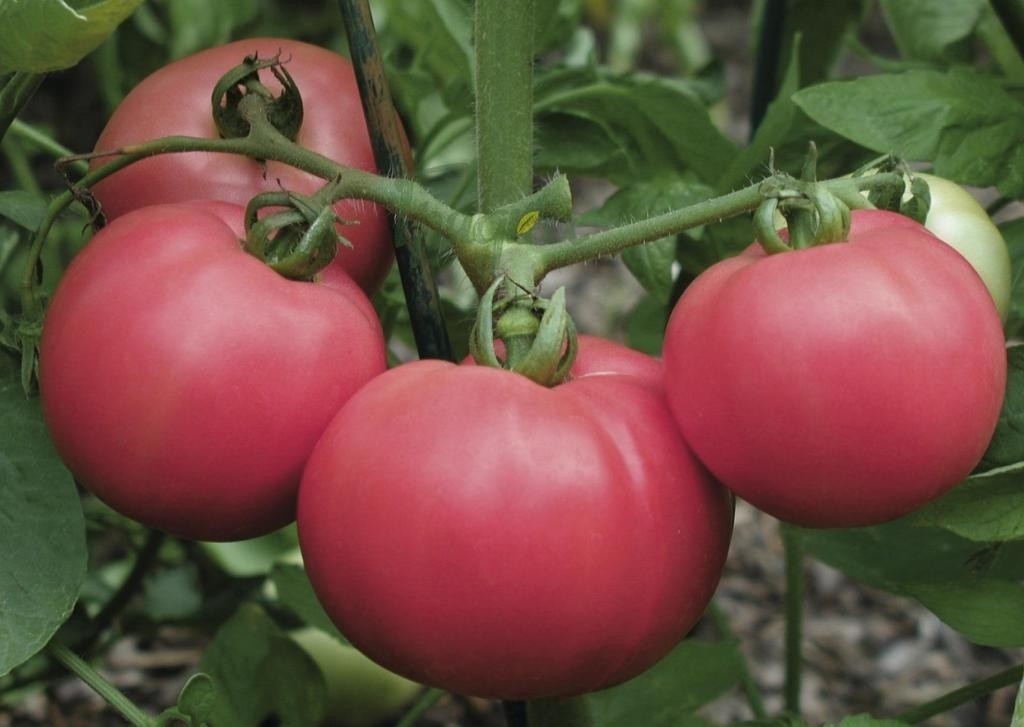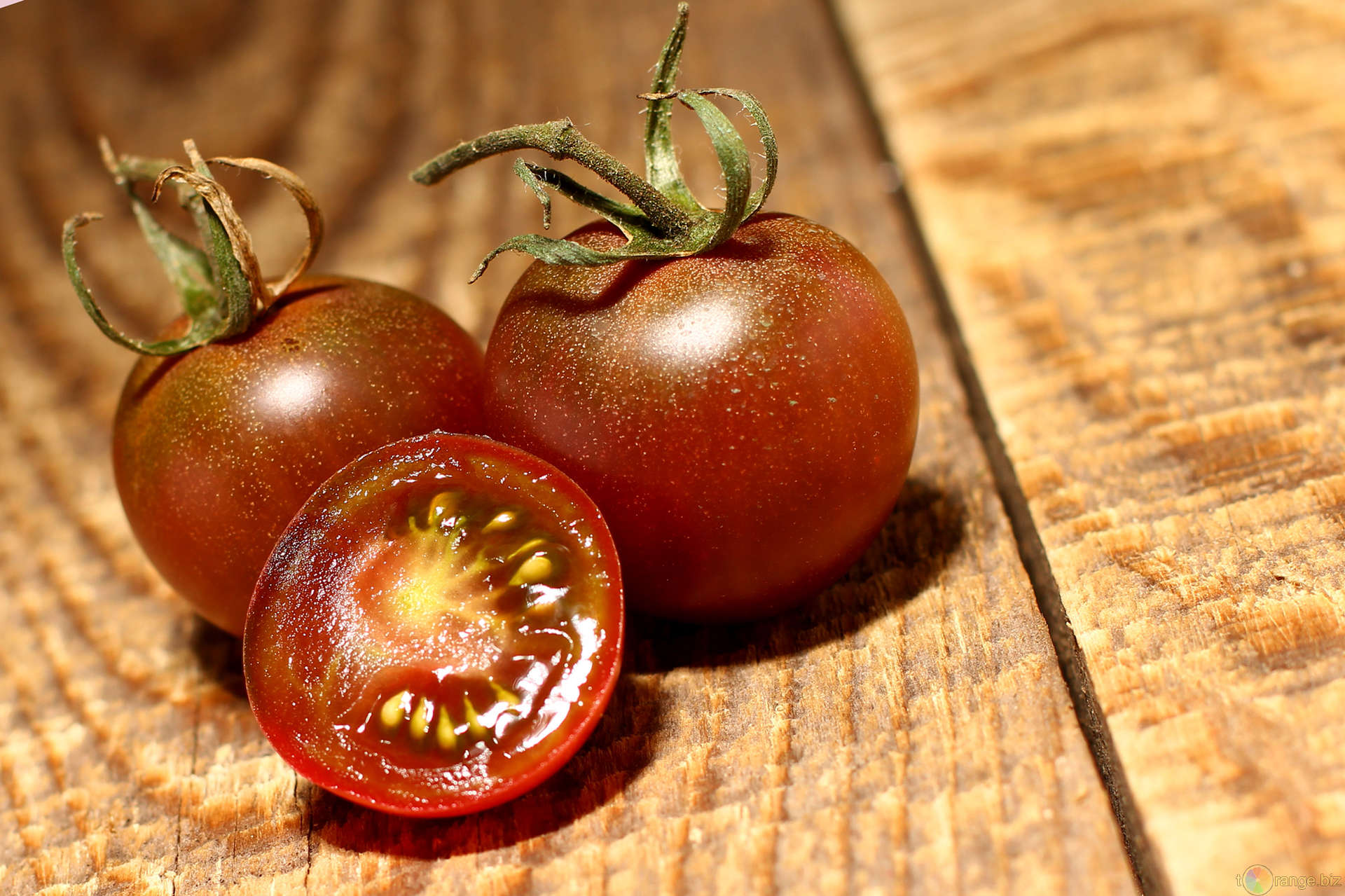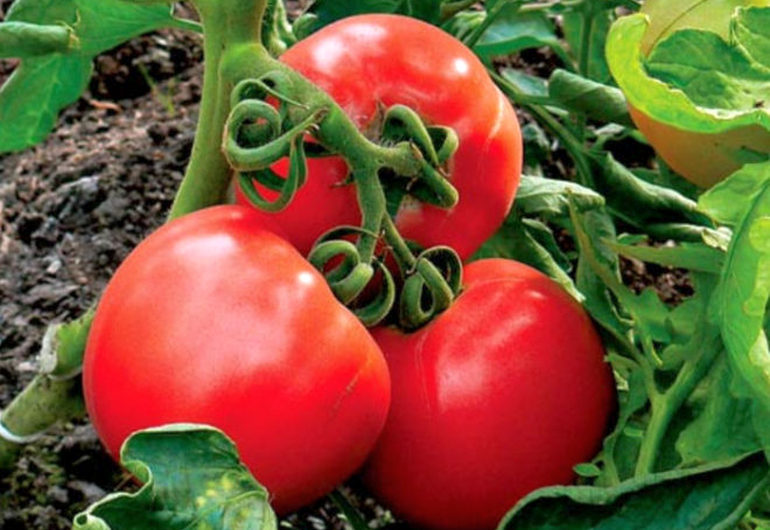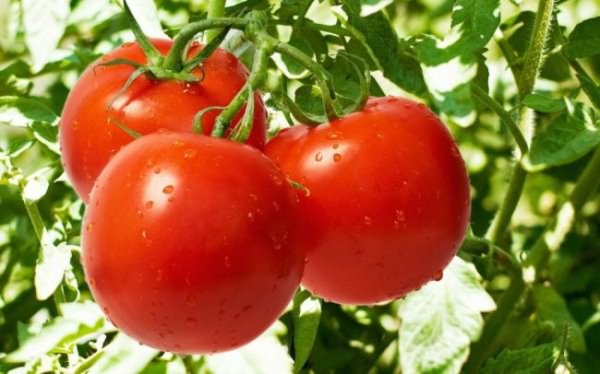Content:
This amazing-looking tomato variety, which every summer resident or gardener can easily grow in his garden, was bred in the USA. You can buy it in any shops for gardeners and gardeners.
Information about what a tomato looks like Blue spruce characteristics and description of the variety will be of interest to those who want to get a rich tomato harvest.
Characteristics and description of the variety
When planning to plant these tomatoes in your garden, they pay attention to the following characteristics of the plant:
- This variety belongs to the early ones. The fruits reach maturity 85 days after the mass shoots appear. In regions with low average annual temperatures, the ripening period increases and reaches 100 days;
- The bush is determinant, capable of growing up to 90 cm in height. As its growth increases, it is recommended to tie it up;
- The shade of the foliage is silvery (hence the name of the variety);
- Tomatoes can be grown both outdoors and indoors;
- The fruits are of medium size, weight - up to 200 g. The shape of the fruits is oval, flattened. The fruit is juicy, almost no sourness is felt. The color of the fruit is red, there is a small fluff on the skin. The fruits are universal in use, that is, they can be eaten raw, canned;
- It is characterized by high resistance to disease. Almost not affected by late blight, due to the early ripening period;
- Adapted to a wide range of temperatures. This allows it to be grown in all regions;
- High yield: subject to agricultural technology, each bush can produce up to 5 kg of tasty and aromatic fruits.
Knowledge of the peculiarities of the Silver Spruce tomato, characteristic and description of the variety, excellent tomatoes can be grown. Sometimes even experienced gardeners are surprised at how big and tasty tomatoes can be.
Features of agricultural technology
Tomato Silver spruce requires compliance with all agricultural rules. In this case, the plants will grow strong, disease resistant and produce an excellent harvest.
Seeds begin to be planted in the second half of March or early April.
The seeds should germinate warm. The best conditions for this are a greenhouse (in the southern regions) or wooden boxes (in the northern). In case of insufficient sunlight, it is necessary to additionally use lamps. The average time of emergence of shoots is from 7 to 10 days.
Seedlings need to be watered when the soil dries up. The seedlings are transferred to open soil for 55-60 days. Before planting, the soil must be watered with boiling water, in which a little potassium permanganate is dissolved. This action helps to kill pathogens.
During planting, a mineral fertilizer must be placed in each hole. Top dressing is repeated after 2-3 weeks. It is good if the gardener brings in a little manure: this way he will grow environmentally friendly products.
Since this is a determinant variety, the growth of the main stem in the plant stops after 4 to 7 inflorescences are formed on it. After the first wave of fruits ripens, the second vegetative stem grows.
To prevent the stems from falling from their own weight, they need to be tied to a stake. It is driven in from the north side. The height of the support is about 1 m.
Watering
The tomato must be watered correctly. It is recommended to pour water only at the root. It is forbidden to use cold water for this: it must be warmed up to room temperature.
If you water the leaves, you can expose the plant to fungal diseases. The harvest from this will be much less.
Watering is carried out once a week. With the active formation of the ovary, the frequency of watering is doubled. Then you need to loosen the soil (this is done after every rain). The soil near the bushes and between the rows is sprinkled with cut grass.
Soil requirements
The yield of tomatoes will depend on the composition of the soil. The site for plants is chosen sunny. Before planting, a tablespoon of ash, ammonium nitrate is introduced into it, mixing them thoroughly. Top dressing is done at the moment when the ovary is formed and before flowering.
If you do not manure the soil, then there is little nitrogen in it. In this case, the yield will be very low. For the good development of flowers, ovary and fruits, agronomists recommend the following types of feeding:
- The introduction of potash and phosphorus fertilizers. They help to achieve abundant flowering and large fruits. For 10 liters you need 50 g of superphosphate, 30 g of potash fertilizers and 15 g of ammonium nitrate. For one plant, 1 liter of water is enough;
- It is recommended to fertilize with ash during flowering and ripening of fruits. It is best dissolved in water at a ratio of 1 cup per bucket. When planting seedlings, it is better to place a few tablespoons of ash in the hole;
- Seedlings can be watered with water in which iodine tincture is dissolved (for 3 liters of water - 1 drop of tincture). This feeding will improve the plant's absorption of nitrogen and help to increase the fruit.
The best precursors for tomatoes are cabbage, cucumbers, and legumes. But potatoes are unacceptable. Moreover, seedlings do not need to be planted in close proximity to potatoes. Eggplant and zucchini are bad predecessors - after them tomatoes will hurt.
Pest control
This variety is resistant to pests. However, plants are capable of infecting whiteflies, potato fleas, Colorado beetles, and ticks. Plant processing methods are as follows:
- For whitefly - preparations Komandor, Iskra;
- For potato flea beetles - infusions of celandine, thermopsis, Comandor, Confidor preparations;
- To combat the Colorado potato beetle, special preparations are used. The number of beetles decreases after the treatment of plants with ash, sodium chloride solution, kerosene;
- To combat spider mites, use a solution of caustic soda, colloidal sulfur, iron vitriol;
- Ash or tobacco dust is used to combat slugs;
- Medvedka is destroyed with the help of the preparation "Thunder", infusion of pepper with vinegar.
Advantages and disadvantages
Blue spruce tomatoes have the following benefits:
- the speed of fruit ripening (thanks to this, tomatoes are harvested already in July);
- fruits are large, suitable for decorating any table;
- tomatoes are sweet, acid is practically not felt in them;
- it is easy to care for them, they are suitable for a beginner who has never grown tomatoes;
- tomatoes are disease resistant;
- undersized, which makes it easier to care and harvest;
- are suitable for fresh consumption, canning and tomato juice production.
Some summer residents refer to the relative disadvantages of the presence of a silvery cannon on the leaves and exactingness to the composition of the soil.
Silver Spruce Tomatoes are tasty, juicy and sweet. They are grown in a greenhouse, and in warm areas - in the open field.With their taste and appearance, they will surprise not only a beginner, but also an experienced gardener.
